Kenny Schachter
Kenny Schachter Reveals More on the Koons-Pace Breakup, Diddy’s Deaccessioning, the Gogo-LVMH Non-Deal, and His Own Crypto Hack
Our columnist has been skipping art fairs, but he comes bearing scoops.
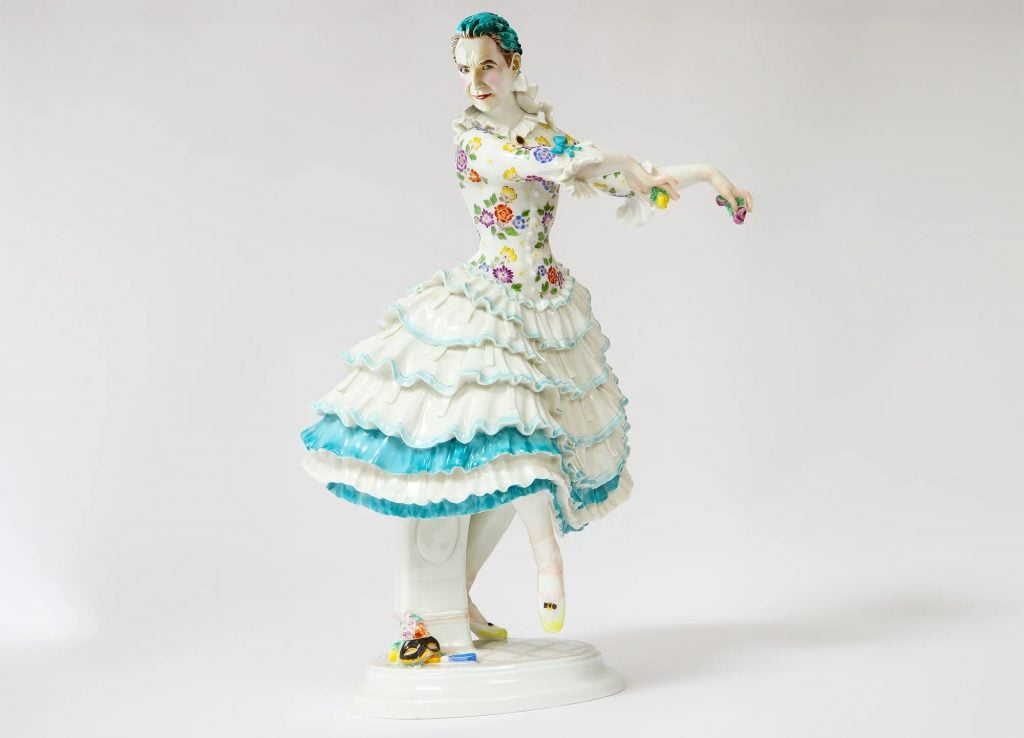
Our columnist has been skipping art fairs, but he comes bearing scoops.

Kenny Schachter

I’m no longer feeling the tug of my heart (and collecting) strings to hit the fair circuit these days. I took a miss on Frieze London and am about to skip the Basels—Paris, whatever its nomenclature is for this iteration, and Miami Beach, which feels particularly satisfying. I’d gather I’m not alone in that sentiment. Granted, I feel the pull for Paris. Who wouldn’t? But fear not, my art-world investigative sleuthing is only getting further honed the longer I’ve been at it, pushing 37 years (of my reporting, not my age). I even surprise myself sometimes with the scope of my access to intel.
You may happen to have heard of a certain rap impresario’s recent legal troubles. The art market has been eagerly anticipating Diddy’s deaccessioning of his record-setting Kerry James Marshall painting, purchased in 2018 for $21.1 million from Sotheby’s under the guidance of Swizz Beatz and gallerist Jack Shainman. Diddy is no longer working under the auspices of his previous team of art advisors, but I’ve been informed by multiple sources that the work has indeed been sold by his management team for $30 million, after summarily rejecting a $29 million offer from a major auction house. (The new owner may want to take a UV light to the surface to ascertain if there were any deleterious effects from splashes of baby oil.)
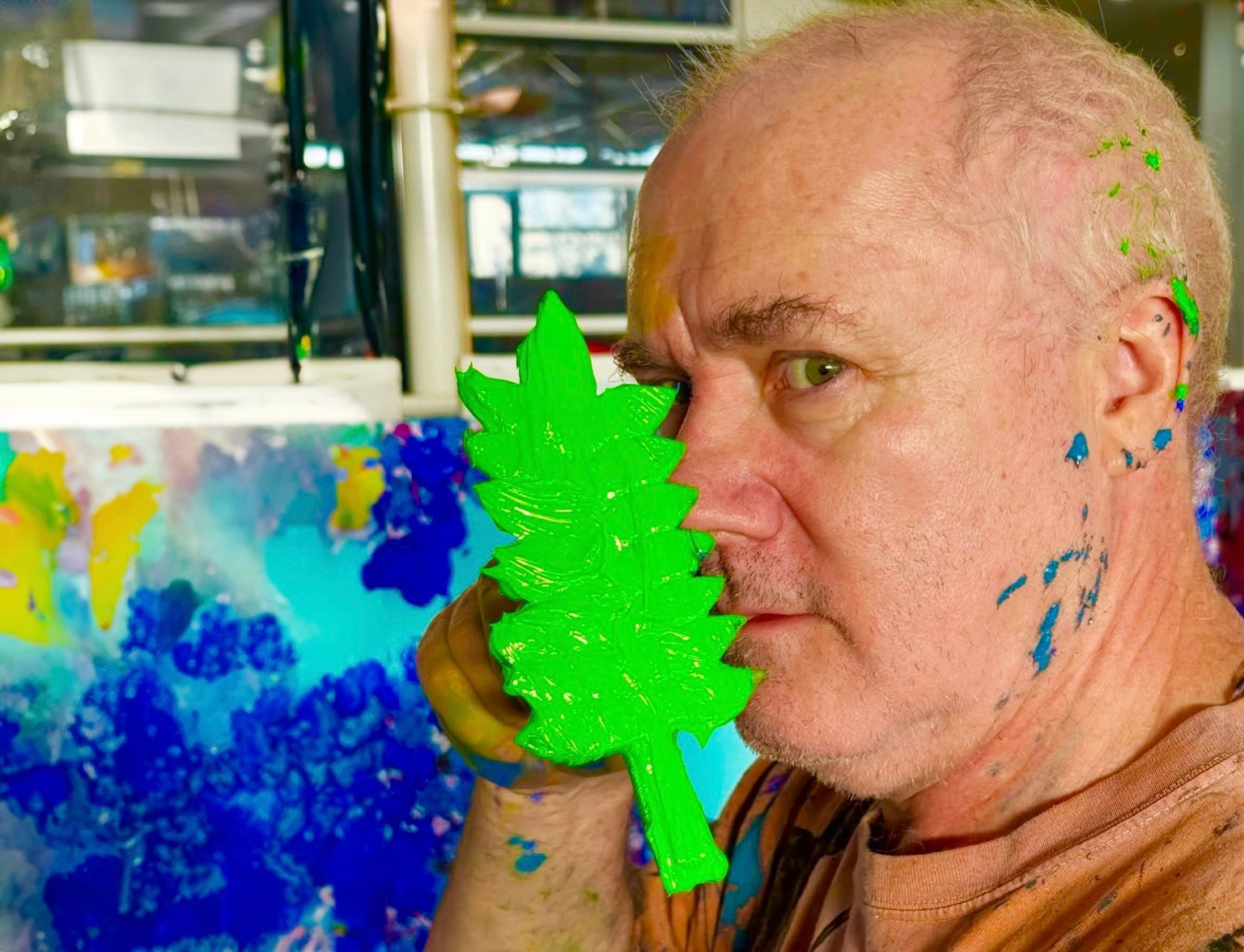
LVMH is unfortunately not buying Larry G, but they continue to enable Damien Hirst to print money via his ear, and their Tiffany store window decorations. Video still from Damien Hirst: For the Love of Money by Kenny Schachter.
On the gallery front, I can confirm that the irrepressible Larry G’s empire won’t be sold to LVMH, as many pundits had predicted (including me); though the conglomerate indeed took a close look, the numbers just didn’t wash. Damn, I was rooting for a viable succession plan. It would have been great if Larry G had an afterlife; that he won’t is kind of sad.
I heard an entertaining anecdote from someone in the know, that retail kingpin Leslie Wexner’s yacht once physically blocked the departure of embattled billionaire Ronald Perelman’s vessel when there was an outstanding debt on a de Kooning sale. Only after Wexner demanded payment—with a bullhorn from the prow of his ship, referring to Perelman as a deadbeat—was he promptly paid the next day.
More on the departure of Jeff Koons from the Pace Gallery: The story begins with a novel approach that Pace came up with to address Jeff’s famously pricy and protracted fabrication process (the basis of various litigations over the years). The gallery enlisted a small group of investors to pre-fund the production of two full iterations of a new body of sculptures, rather than waiting 5 to 10 years for a single piece, as was the norm in the past. An initial outlay of about $4 million a pop was reduced to under $3 million for the second in the series.
I believe there are approximately eight to ten sculptures in this new series, which is based on historic Meissen porcelains, little figurines that were themselves financed—more reasonably, I’d gather—300 or so years ago by Augustus the Strong, King of Poland. The interlude of time from the 18th century ensures that the easy-on-the-eye, kitsch tchotchkes (now wrought gigantic) are outside the purview of copyright law (that other basis for Koons litigations).
My solo exhibition at Nagel Draxler (which, by the way, is still on view through October 25) features an editioned work (and more), a group of sculptures that cost about $25,000 to produce. By comparison, Pace and partners were invested for between $50 million and $100 million, until that kingly amount was deemed not enough by the seemingly insatiable artist. The financiers balked, and Koons walked (from gallery representation). Lawyers may already have been called in to untangle matters. They’re never far from the scene of an accident (ha). Pace and Koons did not comment before this went to press.
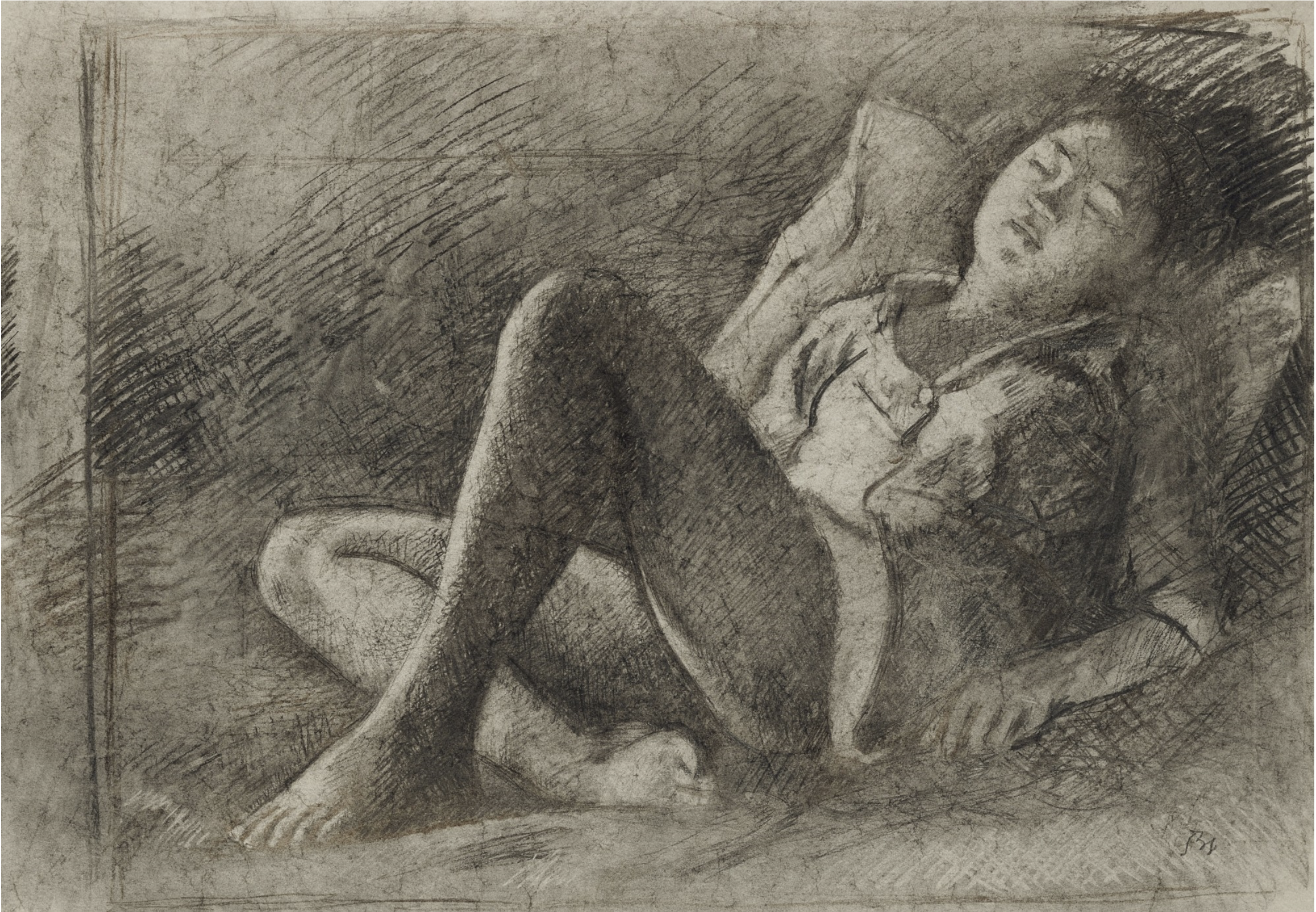
Balthus’s charcoal drawing was withdrawn from spearfishing eco-zealot Loic Gouzer’s Fair Warning auction app; it might very well be sold at the time of this writing.
I don’t want to bother getting into too much detail on the recent fairs and auctions that have been reported on aplenty. Contrary to the flogged-forever doom-and-gloom market naysaying, I have a friend that boldly, in the present minefield of a market, guaranteed two star works at last week’s Sotheby’s and Christie’s London sales, pocketing a pile of cash for their troubles. On a side note, Loic Gouzer’s Fair Warning auction app recently withdrew a Balthus drawing of a reclining nude with an estimate of $600,000 to $800,000, which is tough when you’re only auctioning a single work per auction, though a private sale is in the works. It’s a beautifully rendered drawing and I wish market maverick Gouzer luck.
Monaco resident and Lebanese billionaire David Nahmad, the patriarch of the vaunted (some would say infamous) art-dealing dynasty, sat out the London sales, parking himself at my regular Manhattan restaurant instead, albeit firmly clutching a London auction catalogue throughout. As he passed my table, he mentioned that he’d be the richest man in world if he’d never sold anything from his collection over the decades and that he’s lent to more than 500 museums. He also casually dropped that he made $200 million buying Picassos from Gagosian alone “…and you can write that.” Thanks, David.
Then there’s New York’s Swann Galleries, the unassuming, resolute auction house founded in 1941 by book dealer Benjamin Swann. Its recent (October 3) sale of African American art did exceptionally well, which I only know because I have been foaming at the mouth for a Beauford Delaney (1901–79) for… ever. Delaney’s Untitled (Greenwich Village Street, New York), 1945–46, which is 18 inches by 21½ inches, was estimated at $250,000 to $350,000 and made a whopping $629,000—not exactly surprising, considering that his record, set in 2022, is $1.15 million, for a remarkable 1966 portrait of James Baldwin.
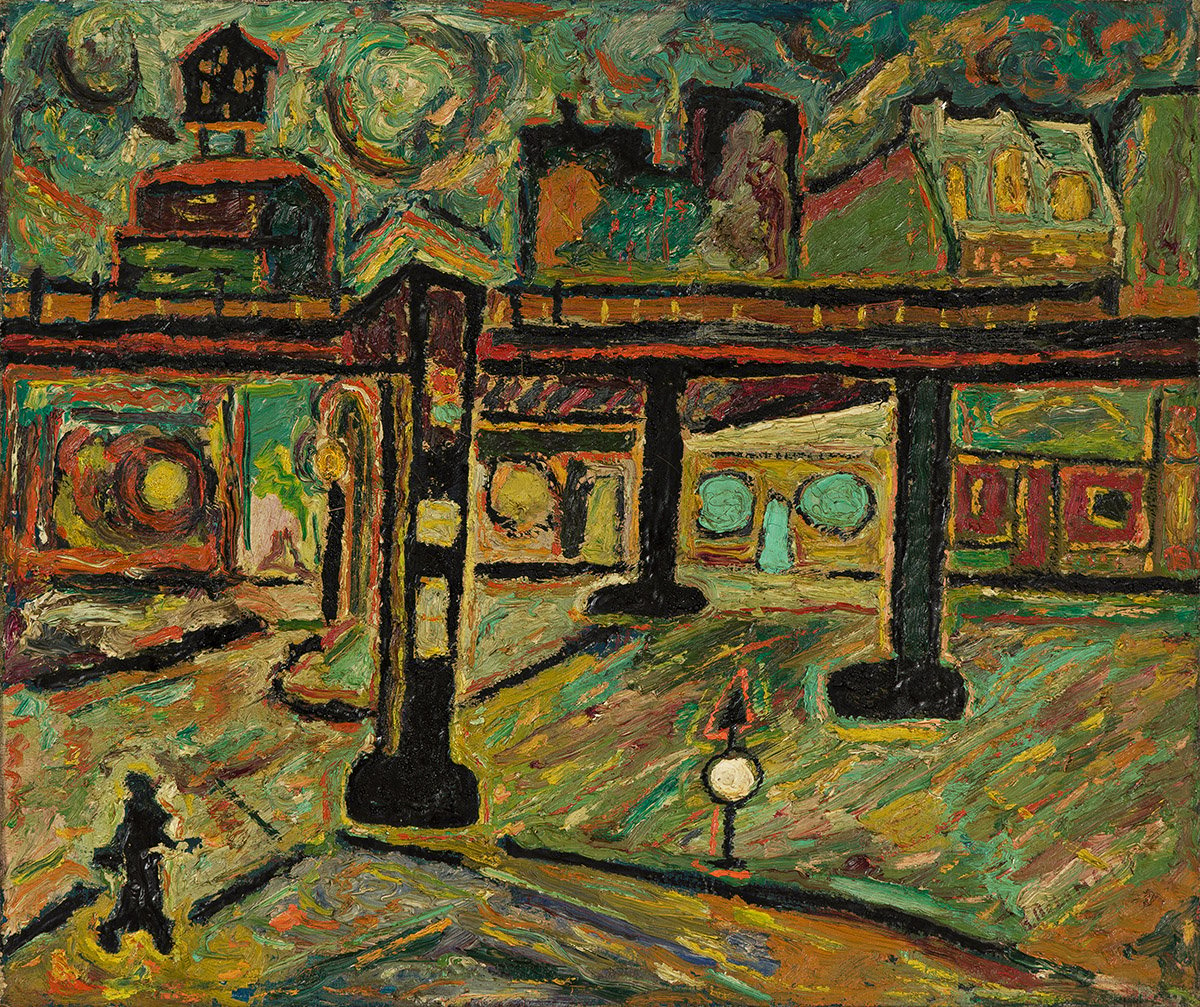
Lord, I don’t want you buy me a Mercedes-Benz, but might you consider a Beauford Delaney.
Though Delaney mentored Baldwin early in his career, it was Baldwin who financially supported his friend throughout his tragic life. Please read David Lemming’s fantastic biography of Beauford, who was debilitatingly affected by mental illness at the end, and another bio on Baldwin. (David Leeming’s Amazing Grace: A Life of Beauford Delaney, 1998). By contrast, his brother Joseph Delaney’s Waldorf Cafeteria (1966), 13¾ inches by 26 inches, fetched $10,000 on an estimate of $8,000–$12,000—his record is $81,250 for a 1942 painting sold in 2021. That won’t last long, I assure you.
While attempting to register as a phone bidder in what proved to be a feeble run for Joseph’s work (more within the realm of my budget), I called Swann and was transferred to someone I assumed was an auction clerk. When I queried how business was (I have an inquiring mind), the person on the other end of the line replied, “Well, I’m the chief financial officer, and we’re actually not doing as badly as our associates.” What’s next, Sotheby’s honcho Charles Stewart or Pinault, Christie’s private owner, wielding calls at their respective houses?
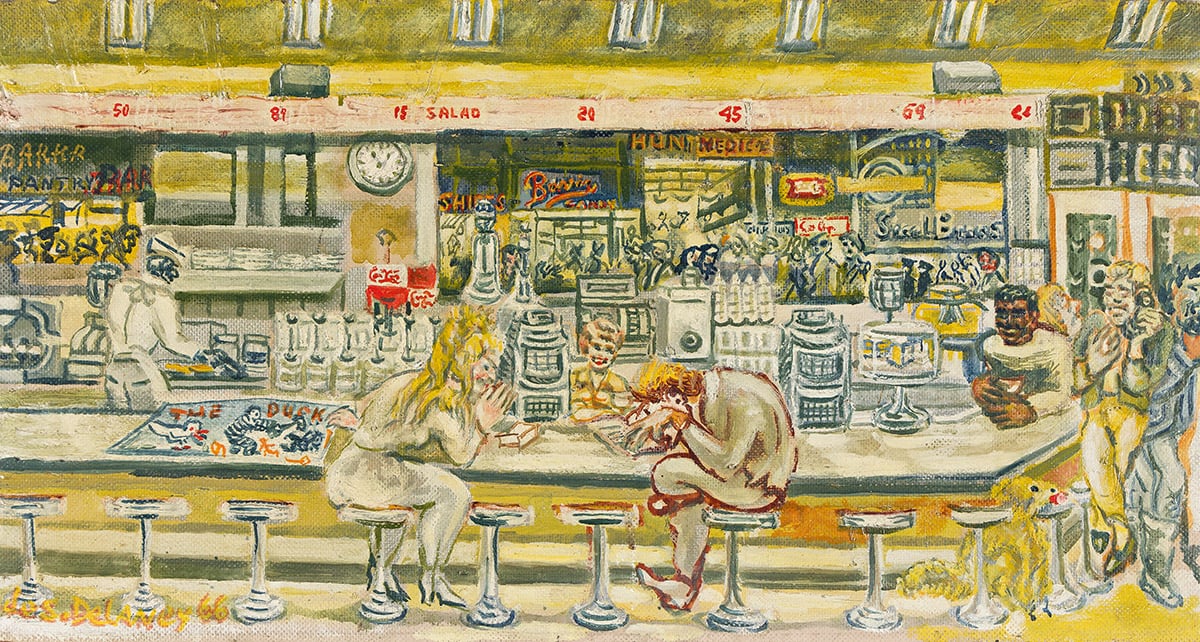
This Joseph Delaney slipped through my fingers via my phone at auction, but I can definitely see one in my near future. The artist is undervalued, for now, but it won’t last for long—about these things, anyway, I’m rarely wrong.
Here are a few tidbits on the New York November sales: (Very) reliable sources inform me that Yusaku Maezawa has consigned a Mark Grotjahn work with an estimate of $2.5 million to $3.5 million that be bought from Gagosian for a whopping $11 million! Maezawa picked up another from the dealer that he’s already offloaded for around $3 million, in all probability for a sizable loss as well. Fresh off the sale of his Basquiat head for $200 million, a story I broke in May, Yusaku could well afford to swallow a multimillion-dollar loss. And then some. He’s not totally out of the Grotjahn game, having shelled out a reported (also by me, in 2016) $45 million directly to Mark’s studio, which the artist astoundingly pocketed in full. Jesus.
Why foundations funded by the well-heeled sell art is always a curiosity. New examples: Rockefeller University is parting with two major Joan Mitchells, and investor Laurent Asscher’s AMA Venezia Foundation is consigning a Rashid Johnson triptych, Box of Rain (2020–22), both at Christie’s New York in November.
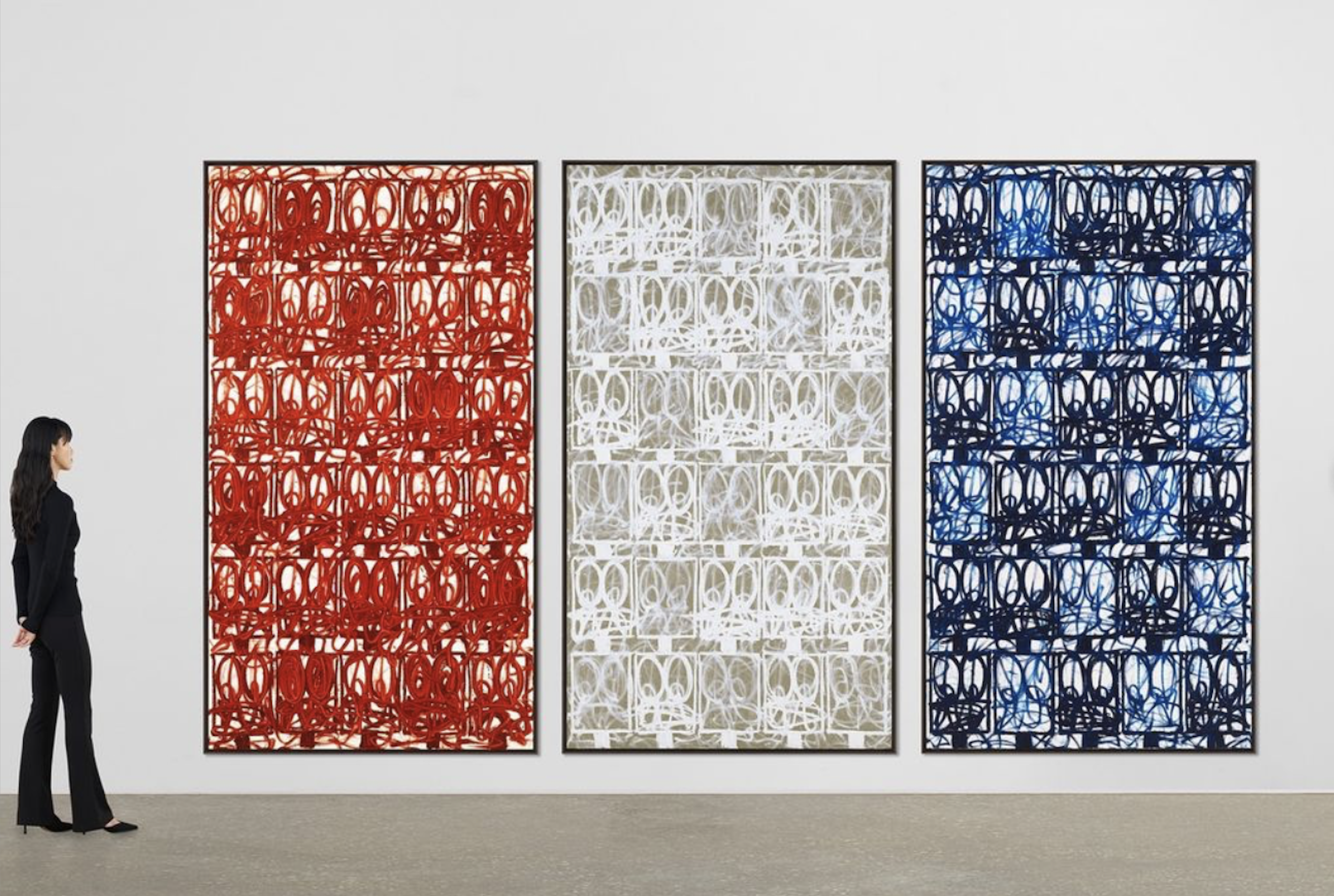
Foundations’ tendency to flog is as strong as most other spec-u-lectors. This recent 2022 Rashid Johnson triptych is being sold by AMA from Venice.
I’ll always remember the 2015 London Art Business Conference that I participated in, chaired by my unparalleled peer Georgina Adam (if I may be so presumptuous to refer to her as such), where it was revealed by a specialist attorney that there are 167-plus laws and regulations applicable to every art transaction. To combat the plethora of moaners relentlessly repeating that the art market is a cesspool of corruption and money laundering, generally lacking of morals and ethics, I’ve retorted in the past, and will do so yet again, with an exasperated “Pff!”
On the other hand, I’d readily equate the entire realm of cryptocurrency with Dante’s Fourth Circle of Hell, but I’d replace the greedy hell dwellers spewing mud from their mouths with criminally minded crypto bros. I always say if anyone ever steals the art I collect, I wouldn’t call the police, I’d propose going into business with them. Yes, the irony is not lost on Mr. NFTism himself (me). Even my spellcheck learned the word I coined in 2021 to signify the sense of community, communication, and collaboration long ago associated with the art world. I’d add another trait to that lineup, also starting with the letter “C”: corruption.
In a newfangled version of The Parish Boy’s Progress (better known, via film, as Oliver’s Twist), Charles Dickens’s novel about the squalid lives of a child-gang of orphaned pickpockets, today’s cyber-criminals grow more sophisticated by the nanosecond. I received an inquiry from “writer, Mireille Dufour,” of Bomb magazine (mireille.bomb@gmail), about an interview, an ensuing series of emails included a list of questions that demonstrated an in-depth knowledge of my career path. Okay, I’m admittedly a bit of a press whore, but who wouldn’t want to appear in venerable Bomb mag?
When the slotted time came for our discussion, “she” asked me to download Javio, a software equivalent to Zoom or Google Meets. Except that it wasn’t. Javio was a Trojan Horse screen-sharing tool that enabled the hacker to invade my computer, emptying my MetaMask wallet of NFTs, including my beloved Frank Stella, created just before his death, and crypto worth upward of $40,000. I found out others were similarly scammed after receiving entreaties from Art21 and Frieze, FAD, and Elephant magazines. Pretty ingenious.

They attempted to empty Trevor’s wallet with an ingenious ploy to interview him for Frieze magazine. They succeeded in wiping out mine by dangling a Bomb article: the next scam is anyone’s guess, but we’d all better beware!
As I’m no Maezawa (far from it), the loss stung. Just as bad as the financial shortfall was the unsettling feeling of invasion, exploitation, and vulnerability. And not knowing if the thief is still lurking on my computer, undetectable by even Apple’s “geniuses” (the use of that terms is as criminal as the mugging). Who am I gonna go to next, the Ghostbusters? By the way, if the crooks put as much effort into being legit, they’d have made even more.
On a more optimistic note, next up is an interview at the Swiss Podcast Festival in Zurich on November 10 with journalist and TV presenter Tanya König (free admittance) and a self-help book couched in a memoir is in the works—surely as scary as it sounds. Anyone have in mind a publisher? I’m contributing weekly capsule opinion videos for a new website called Spaghetti Boost, launched by Francesco Sghirripa, an art-obsessed collector (refreshing to know they still exist), as a rhizomatic hub to boost a variety of artists and activities, creating a more accessible alternative to the current market landscape, where galleries are the sole commercial avenue for artists.
As to “spaghetti,” blame the name on the fact the company hails from Italy; and, spaghetti, like the original 1959 Mini (designed by Alec Issigonis), is coveted by people from all economic strata (and affordable to just as many). My segments on the website are called “Kenny Uncut” (imagine that) and debut this week.
This reminds me of a lunch with my kids and a pair of their friends who get paid for product placements and mentioning companies on social media. When I referred to the pair as influencers, they recoiled in unison and retorted that they are “people of the internet.” My eyes rolled so far behind my head they almost reached the point of no return. With millions of followers between them, they tool around in Porsches and live in multimillion-dollar apartments at the ripe age of 21; forget about the internet, perhaps there’s an opening for professorships at Harvard Business School.
Evidenced by fairs past and upcoming, the (forced) march of art invariably continues, and will do so forever and a day, or three, albeit stumbling and hiccuping along the way. The old adage about the lure (excuse the pun) of fishing rings true: The tug is the drug. With art, the looking is the hooking, and it won’t stop. On a closing note, I’m a recent convert to an amalgamation of Pilates and physiotherapy (yikes) for my relatively constant, post-surgery chronic back pain. By its very nature, the very idea of Pilates nettles my low patience/high-strung Woody meets Larry (David, in this reference) personality. I’ve already learned something novel from the instruction—to breathe. It was harder than it sounds—for me, anyway.